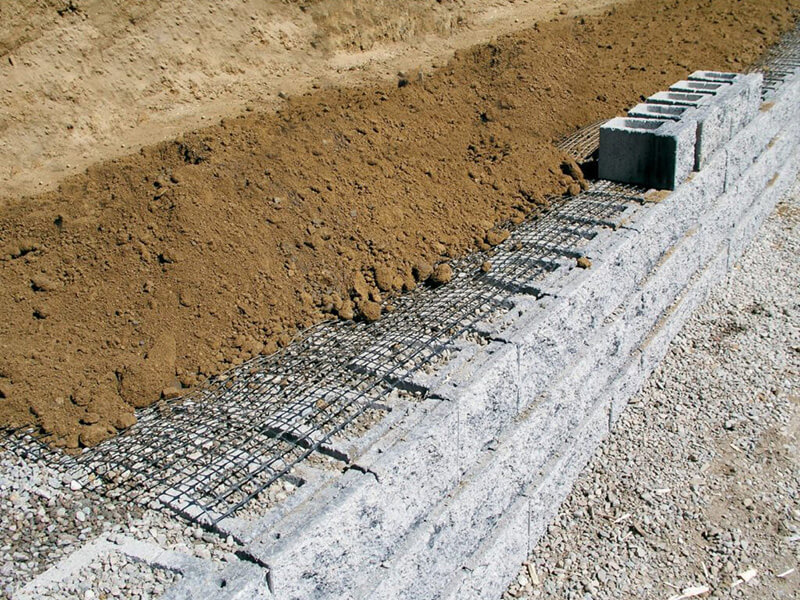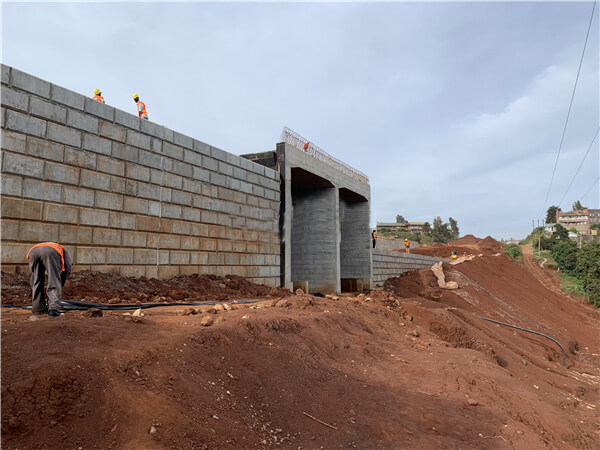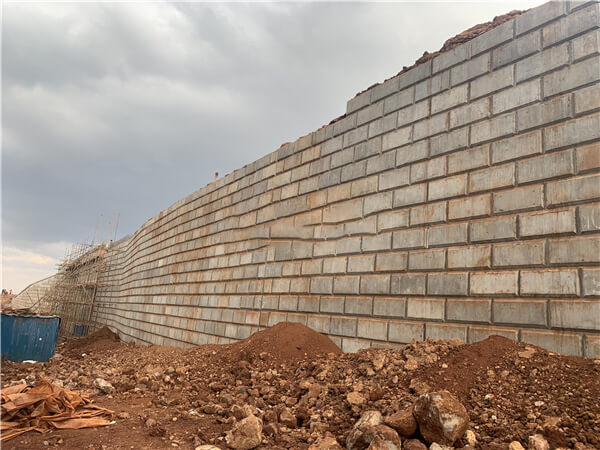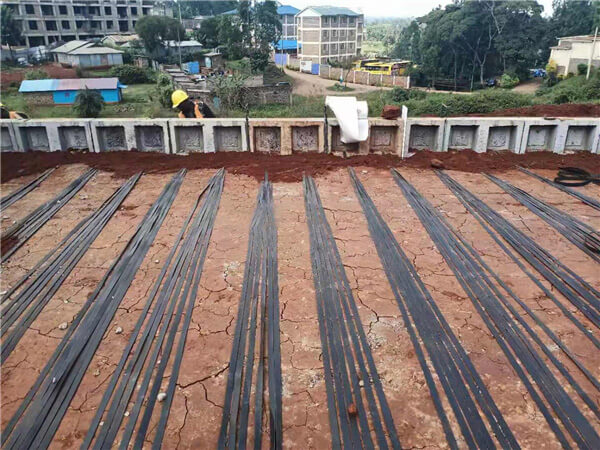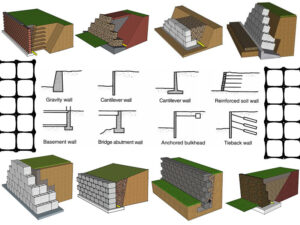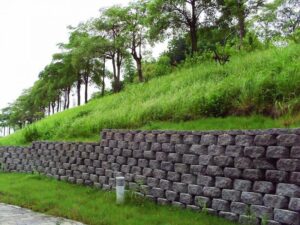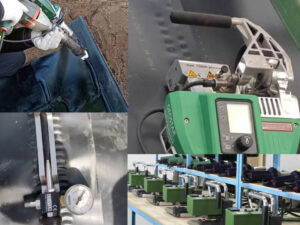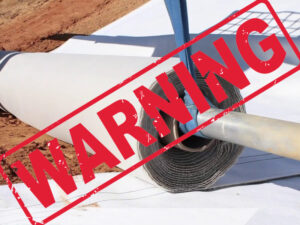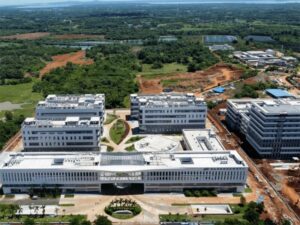Project Introduction:
The Nairobi West Ring Road Project in Kenya starts from Kikuyu Town, the terminus of the South Ring Road, and ends at Ruaka Roundabout, the starting point of the North Ring Road. The main line is 16.79 kilometers long. After completion, it will form a closed loop with the South Ring Road and the Northeast Ring Road, effectively relieving the traffic pressure in the central city of Nairobi.
As one of the flagship projects of the Kenyan government’s “2030 Vision Plan”, the West Ring Road Project will play an important role in promoting the economic and social development of the entire region.
Engineering Problem Solving:
To improve the road traffic capacity, the West Ring Road was rebuilt on the original road, and the overpass was used to cross other lines. The two sides of the overpass approach were the original road slopes. Due to land acquisition restrictions, cutting the slope was no longer possible.
Retaining Wall Design Plan:
Since it is impossible to use natural slope on both sides of the approach of the cross-line overpass, the design adopts a double-sided reinforced earth retaining wall structure, with reinforced earth retaining walls at the ends, cast-in-place reinforced concrete structural columns at the corners, and cast-in-place reinforced concrete anti-collision guardrails on the wall.
The height of the reinforced earth retaining wall is 2-12m, and reinforced earth retaining wall structures are used on both sides of the approach.
Main Structures of Reinforced Earth Retaining Wall:
1. Wall module: The wall module adopts CB type prefabricated steel-plastic concrete trough panel.
2. Retaining wall filler: red clay (comprehensive internal friction angle 30 degrees, C = 0KPa).
3. Connection between the geogrid and the wall module: The connection is made by passing through the reinforcement hole.
4. Retaining wall drainage: A 40cm wide mortar-laid flagstone drainage ditch is set on the outside of the wall toe. Since the left and right sides and the top surface of the retaining wall are all closed, the top is naturally drained due to the longitudinal slope. The panel is arranged with plum blossom-shaped drainage holes, and graded crushed stone anti-filter bags are used behind the drainage holes.
5. Settlement joints: 1-2cm wide settlement joints are designed for the foundation, wall body and cap stone, and polystyrene foam boards are used to fill the joints, with one set at a spacing of 10-15m. Settlement joints are added where the geological conditions change.
6. Foundation treatment: The foundation of the retaining wall is in good condition, and the panel foundation is guaranteed to be buried at a depth of 1m.

